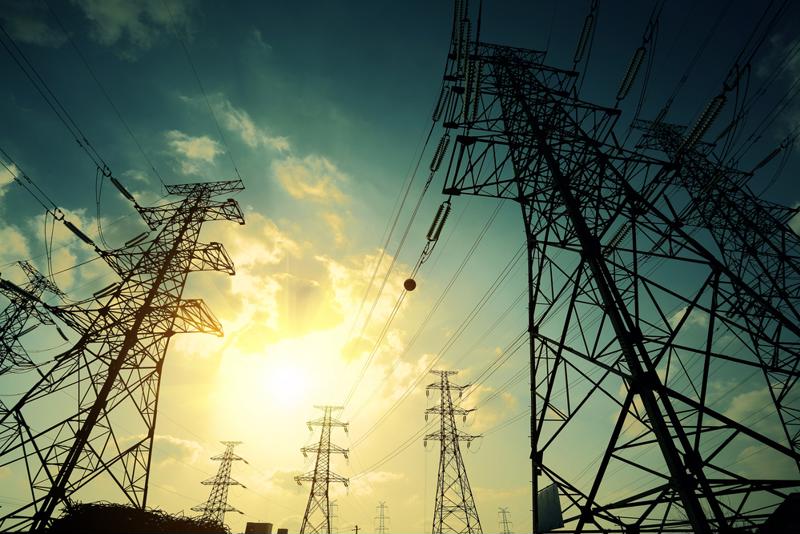
Self-powered IoT
By Max BurkhalterMay 27, 2022
As the Internet of Things (IoT) continues to enhance the connectivity of smart devices, new ways to store and convert electricity are being developed.
Battery-less sensors offer an exciting glimpse into the self-powered tech tomorrow's electrical grid infrastructure could hold. This article will examine the possibilities of a sustainably charged future.
Smart cubes
In a superconnected and hyper-digitalized world, IoT devices are responsible for countless industry innovations. As tech startup Energiot theorized, mechanical energy – the sum of kinetic and potential energy – could provide a solution for alternative power to the omnipresent devices currently relying on physical batteries.
Ambient energy sources such as light, heat, motions or vibrations could be harnessed using innovative technologies containing piezoelectric materials and structures. As Innoenergy reports, by developing autonomous, miniaturized sensor nodes such as the Energiot Smart Cube, residual environmental energy can be harnessed to self-power smart devices.
The energy-powered Energiot Cube is designed for installation onto electricity grid assets such as power towers, reducing the operational and maintenance costs associated with replacing sensors and batteries. Transmission lines and power generation sites call for devices that can withstand hostile weather conditions without local power sources.
While the application of this technology is currently focused on power generation efforts for remote areas and places where wind and solar aren't sufficient sources of energy, could self-powered IoT become a fixture of everyday life?

Energy, everywhere
A report published by Arrow theorizes that power sources for edge IoT devices are everywhere. Outdoor/indoor light, human body temperature, mechanical movement and radio frequency are all examples of energy sources that could be harvested to power tomorrow's tech instruments.
Although the amount of available power generated varies by the source (a few µW/cm³ when powered by the human body and hundreds of µW/cm³ when powered by machinery), the resulting energy that is harvested is useful for many applications.
From wristwatches to transceivers, the possible implementations of alternatively powered IoT are everywhere. Energy harvesting, accomplished by transducers, converts power sources to small autonomous sensors. A SpringerLink article, MEMS/NEMS-Enabled Energy Harvesters as Self-Powered Sensors, explains the implementation of this self-powered IoT technology.
Power management, accomplished by interface circuits, is the core of modern energy harvesting hardware. By conditioning the incoming electrical energy into an usable form, devices utilizing self-powered tech are able to operate. Without the conversion, the output voltage of harnessed energy would be too low (often less than 1 V) to sufficiently power the unit.
Energy harvesting is an exciting, emerging IoT technology with virtually limitless potential. Battery-powered IoT devices that do not have continued access to renewable power sources could utilize energy harvesting processes to exponentially increase their viability.
Perle powers innovation
Perle systems proudly offers IoT solutions for today's business leaders. Visit our industrial automation page to learn how Perle device connectivity hardware is aiding the efficiency of today's smart factories. Perle process automation solutions enable virtually any type of device to connect to a corporate network. From w switches to fiber media converters, Perle has the connectivity solutions your business needs.



